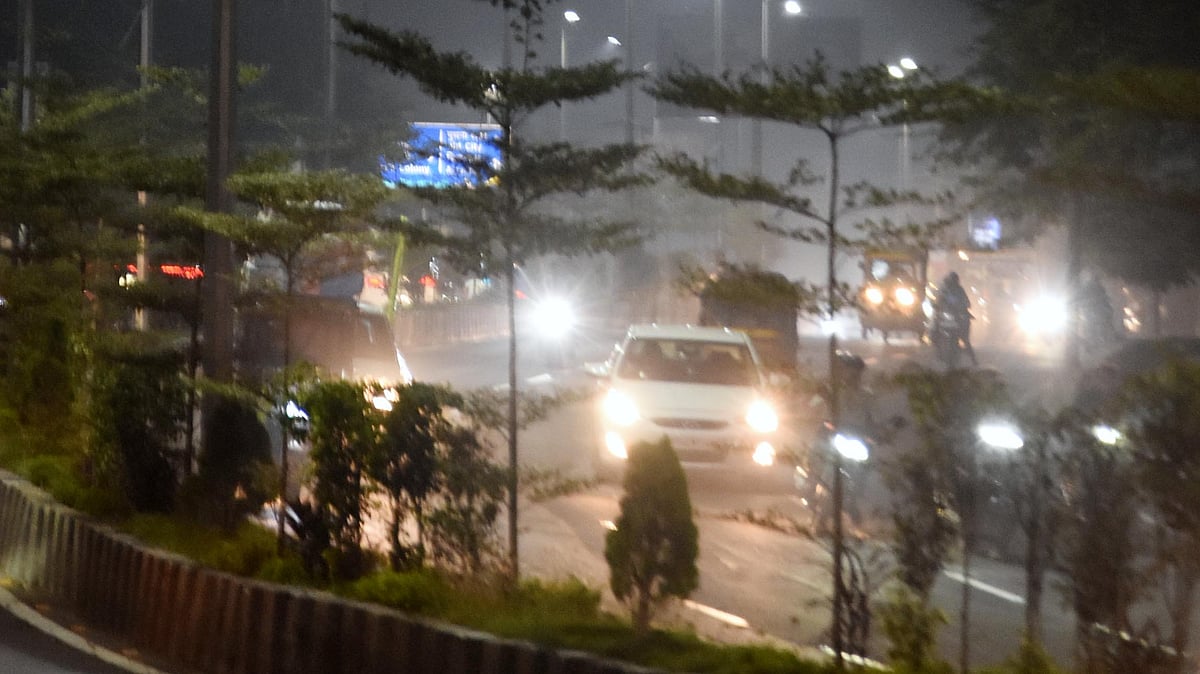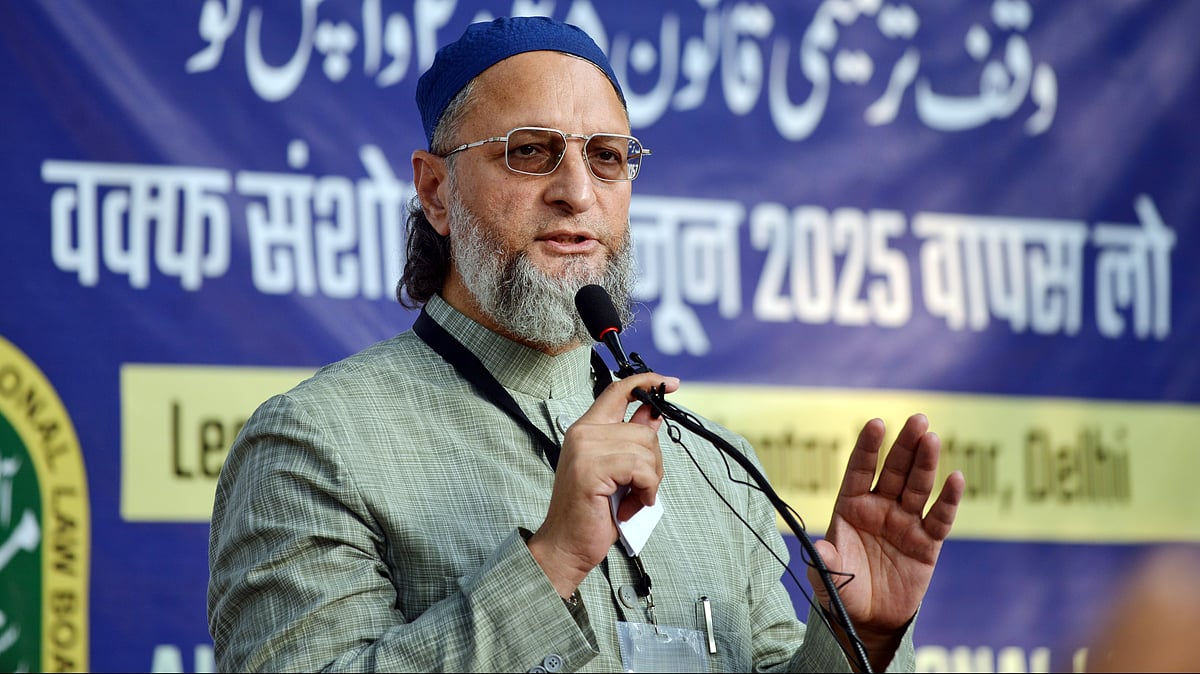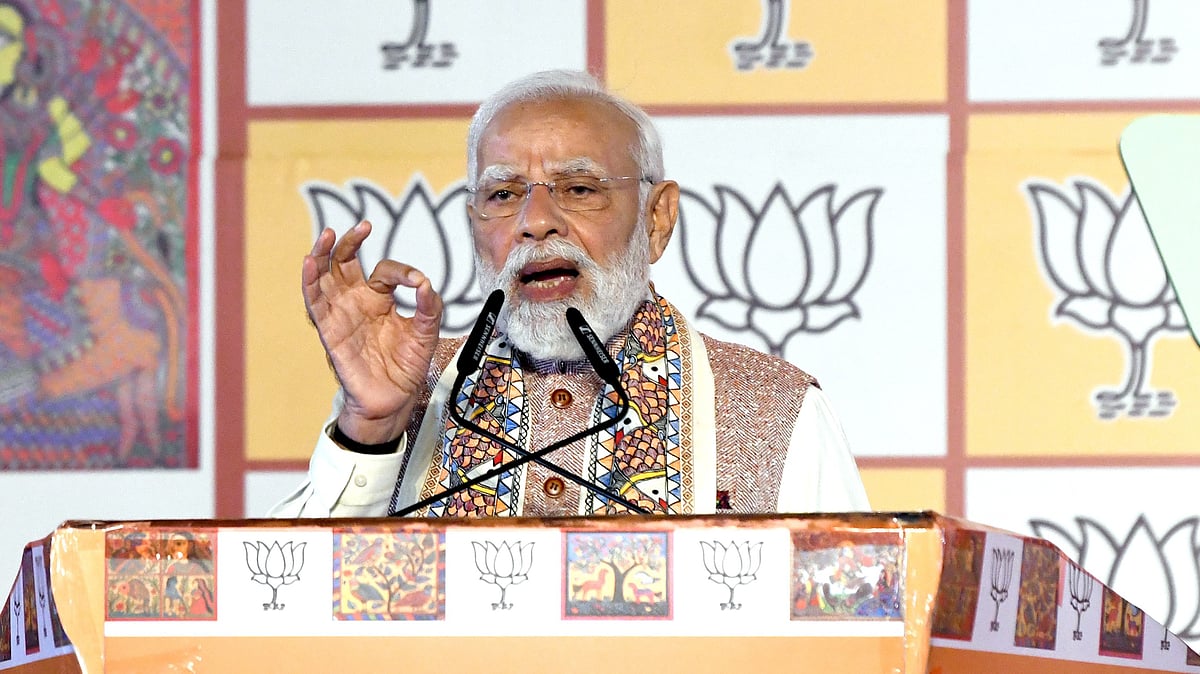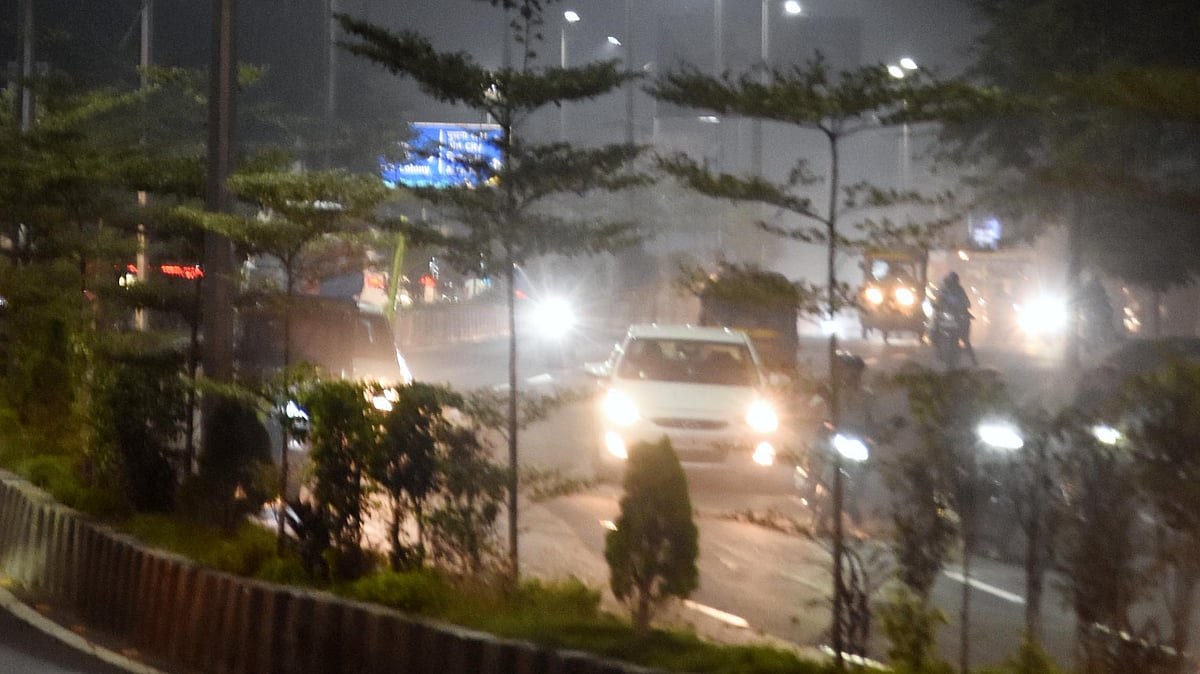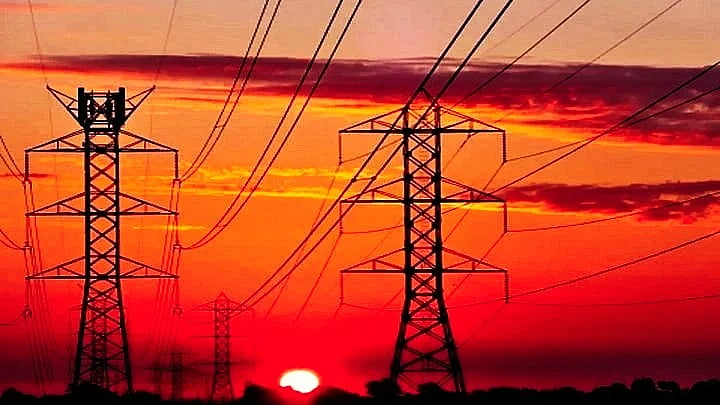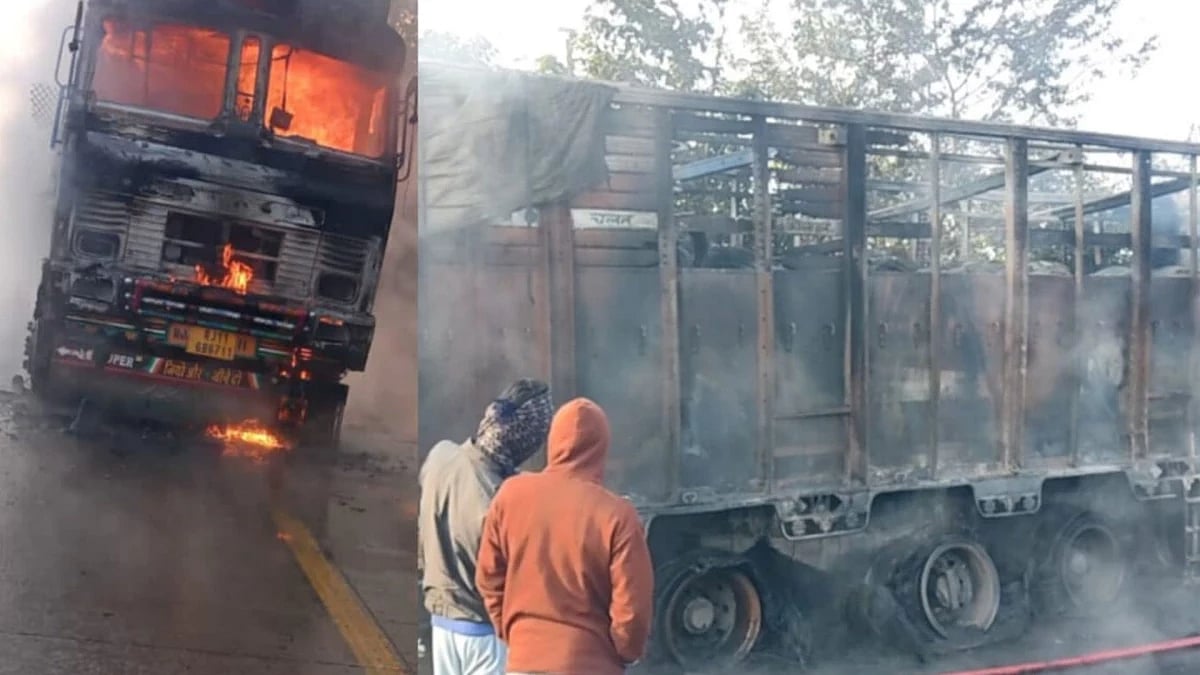Bhopal (Madhya Pradesh): Air quality in the state capital has deteriorated sharply in the first half of November, with Pollution Control Board (PCB) data revealing alarming pollution levels across several localities. Between November 1 and 14, four out of 14 days saw air quality in the ‘poor’ or ‘very poor’ categories, indicating rising toxicity and limited on-ground action from civic agencies.
On Thursday and Friday, TT Nagar emerged as the city’s most polluted area. At 4 pm on Friday, its Air Quality Index (AQI) touched 301, categorised as ‘very poor’. Paryavaran Parisar recorded an AQI of 248, the air quality of around Collectorate area stood at 194. High concentrations of PM2.5 considered the most harmful pollutant continue to dominate the city’s air.
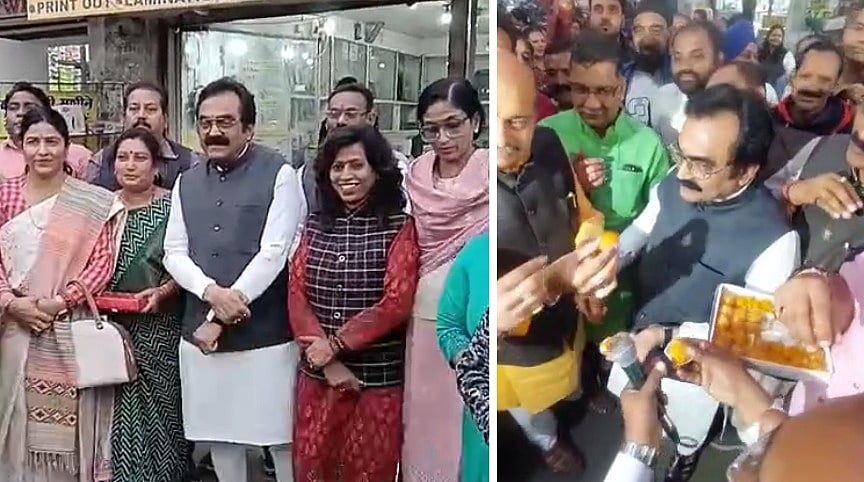
Last Year’s data shows similar trend
In November 2024, TT Nagar also remained among the most polluted zones. Out of 14 days, seven were moderate, four poor, and three very poor.
Over the entire month, TT Nagar saw 17 moderate, eight poor, and five very poor days, with the highest AQI hitting 313. Paryavaran Parisar, despite being surrounded by greenery, recorded even worse conditions last year. The area reported 10 ‘poor’ and 13 ‘very poor’ days, with AQI reaching a peak of 367 suggesting that pollution sources overpower the natural green buffer.
Dust Control Measures :
While the Bhopal Municipal Corporation launched a seven-day water-spraying drive during Diwali, the initiative was discontinued after Dev Uthani Ekadashi. At present, water spraying is reportedly done only near PCB sensors, particularly on Banskhedi Road after 6 pm, leaving most city roads without dust-control measures.
AQI at TT Nagar
Nov 14: 303
Nov 13: 301
Nov 12: 204
Nov 11: 240
Nov 10: 164
Brajesh Sharma, MPPCB Regional Officer, Bhopal, said, “Instant AQI fluctuates but average AQI gives a clearer picture. Winter wind patterns raise pollution levels, but the situation is better than last year.
